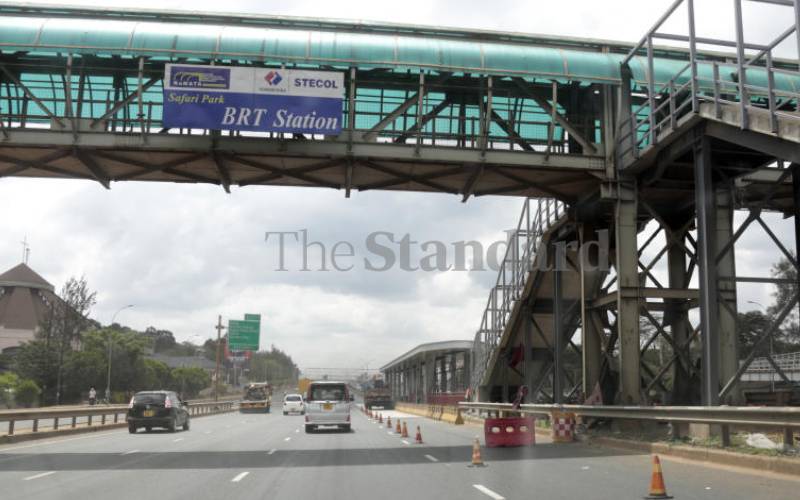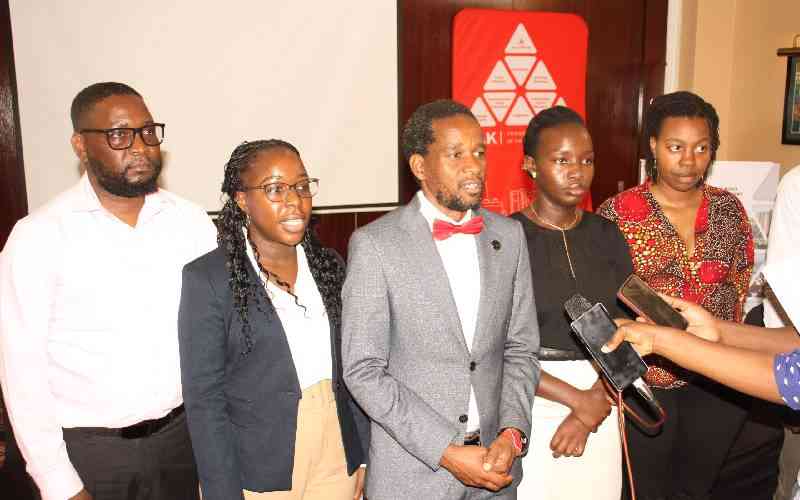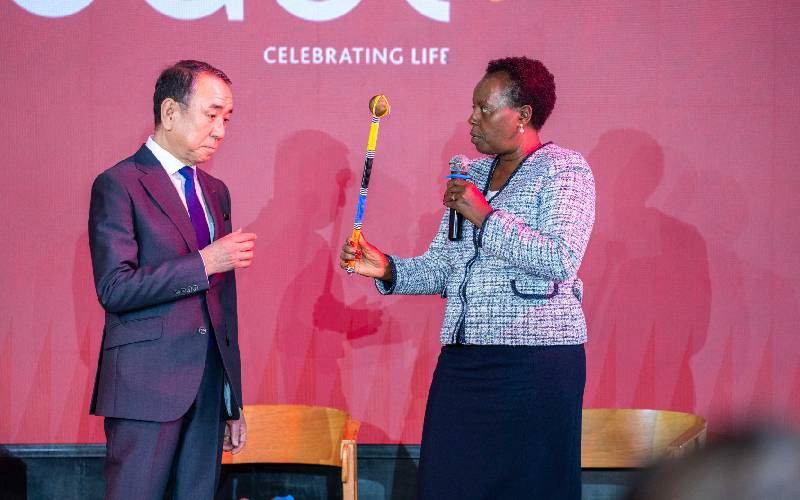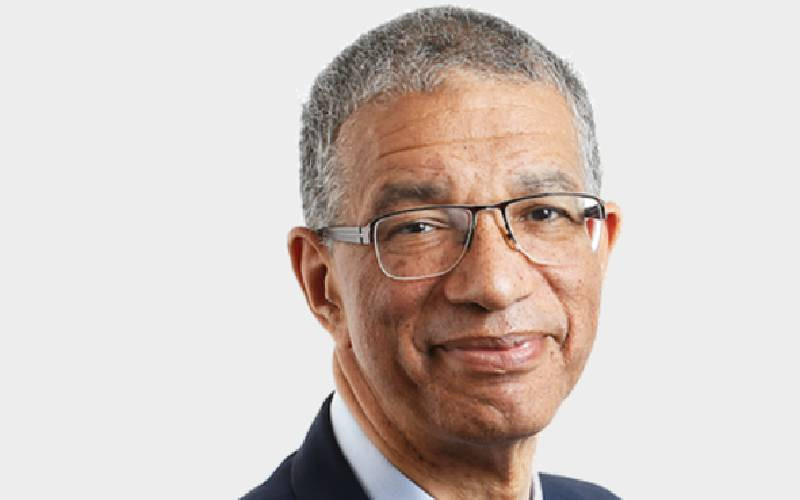×
The Standard e-Paper
Kenya's Bold Newspaper

BRT station along Thika Super Highway, November 2021. [Boniface Okendo, Standard]
Local vehicle assemblers could miss out on supplying buses that will be used on the Bus Rapid Transit (BRT) system.







